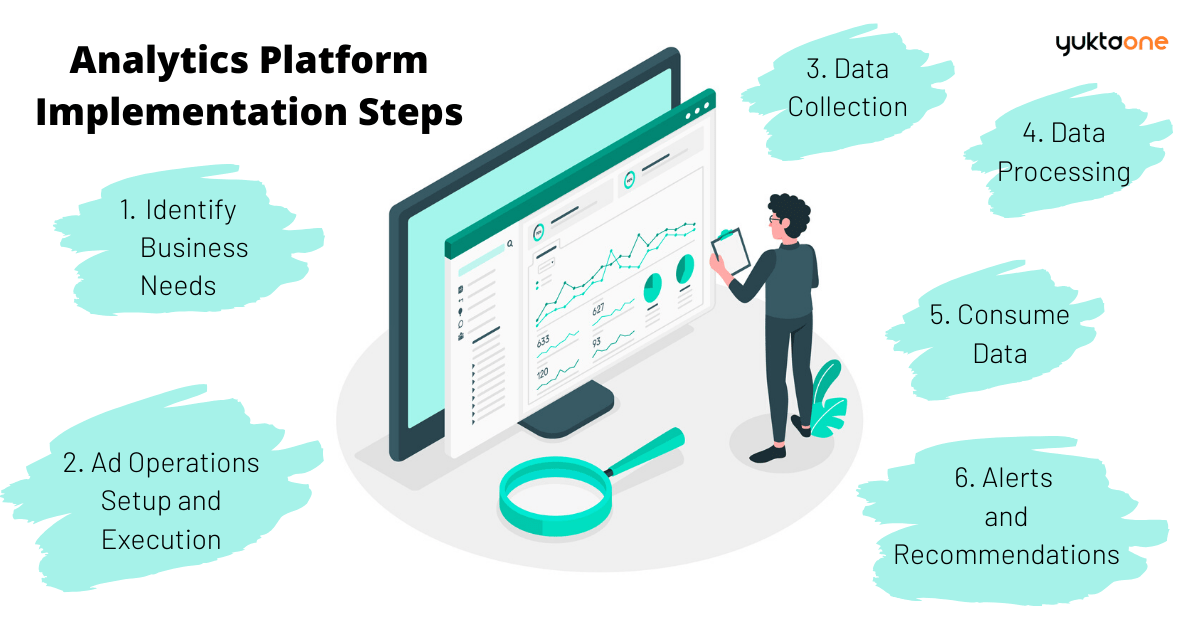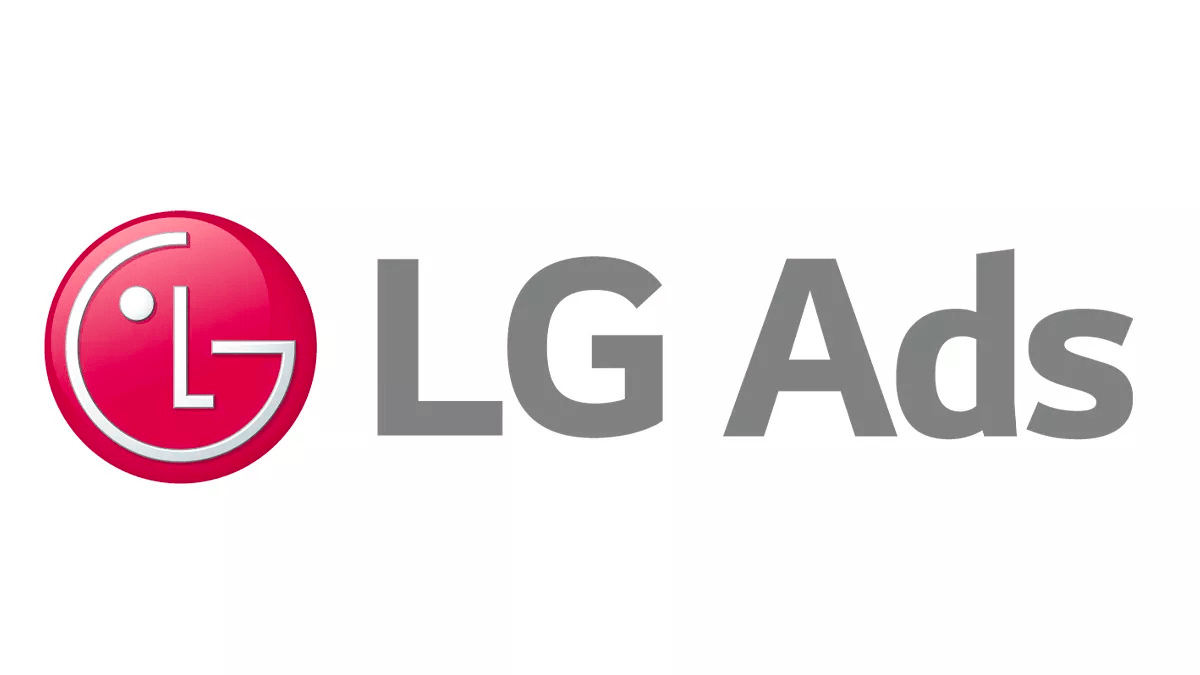Advertising Technology had played an important role in Ad Ops. Many companies are investing in technology to reduce manual efforts and automate various business processes.
Analytics platform can be a lifesaver for Publishers, Publisher networks, Agencies, and Brands. A properly implemented analytics platform can enable identification of opportunities and risks and empower real-time data-driven decision making.

1] Identify Business Needs
Before implementing an analytics platform, the team should understand the structure and execution of various business processes. Look at how the revenue is generated, how billing and payouts are done. Whether it’s a single Publisher or have a Publisher network of 100+ websites. Also, list out partners and vendors they work with. Make a workflow of business processes that can help identify the bottlenecks. For example, you could start with…
- What data do various teams need?
- What do they use the data for?
- What kind of reports are they generating?
- What decisions do they make based on that data?
- What happens if the data / reports are delayed?
2] Ad Operations Setup and Execution

Get to know about how the Ad operations team, Revenue Operations, Finance teams work, how they communicate, and collaborate.
- Ad Ops team – Get to know how they execute. how they setup and run direct campaigns, manage inventory, and set up and execute programmatic deals.
- List out the Demand Partners/Ad Networks they work with.
- List the activities they do on a daily, weekly, monthly basis so that we can automate/integrate into the platform.
- Discuss with the client team and list the things which they want to add on a platform.
- List out their problems and issues they face in their daily tasks.
- Recommend/ Suggest ways to display data to get more visibility.
Follow a similar line of thinking with other teams in the organization.
3] Data Collection

Data collection is where the entire process of data-driven ad tech starts. If data collection is not set up correctly then the entire process is garbage in – garbage out!
- Check how the Demand partners/ Ad networks, SSPs, DSPs, Ad Server, CRM, etc. are providing their reporting data.
- See the options to get the data via APIs or scheduled reporting.
- Check the timezone the data is available in. (EST, GMT, PST, etc.)
- Prepare a list of Dimensions and Metrics which need to collect from different demand partners and finalize it for integration.
- List out Demand Partners and sources for which we have the 1st party and 3rd party data.
4] Data Processing
Once you finalize the data collection from different sources (via APIs or scheduled reporting), the data team can now start processing the collected data.
- Processing includes activities like collecting data files via API or scheduled reporting.
- Beautify the report files(remove unwanted rows and columns, total, etc). Reports need to be formalized for e.g. format date and time, rename column headers, derive one column from another, etc.
- After that calculations need to be performed like calculate Fill Rate, eCPM, discrepancy, etc based on available metrics in the report file.
- Run validations to ensure that data processing has run successfully.
5] Consume Data
- Based on the need, split the data into apps and show the data based on the end-user. For e.g. Ad ops team can see the data of campaign progress, Revenue ops team can only see the Revenue dashboards, etc.
- Ensure that data is displayed in graphical as well as tabular structure to have the best of both the worlds.
- Data access is a BIG topic, but one of the most critical ones. Ensure that only authorized users are able to get access to the data based on their roles and responsibilities.
6] Alerts and Recommendations
Collecting the data from different demand partners and showing the data on dashboards is not the only way to consume data. To get the best results, the platform should be able to send alerts if a specific condition meets and be able to share the recommended steps to take the actions on it.
- Alerts can be sent if the daily revenue is dropped/ increased by +-10% as compared to yesterday or the last 7/30 days average.
- Send an alert if the discrepancy between 1st party and 3rd party data increased.
- Recommendations – Monitor the direct campaigns daily pacing and suggest to increase or decrease the daily budget to pace equally.
- Monitor daily/monthly Unfilled impressions and suggest ways to monetize it.
7] Useful Tips:
- Different demand partners have different reporting time zones. To make it unified we need to collect the data from APIs -> “Hourly” and apply the timezone adjustment formula to make the reporting in the single timezone. This will ensure data accuracy over time across all the demand partners.
- Check and map the dimension and metrics names across all the Source/Demand partners. for E.g. In some Ad network Ad Type (Banner/ Video/ Audio) – named as Ad Format or Ad Space Name or Media Type. So we need to make it consistent on the platform.
- List common Dimensions and Metrics across different ad servers.
- Commonly used Dimensions are:
Demand Partner, Publisher Name, Device Category, Ad Size, Ad Type, Ad Units, Sales Channel – Type, Sales Type, Deal, Country, Date, Browser, OS, Agency, DSP, Advertiser Domain, Site URL, Mobile App Name, etc.
- Commonly used Metrics are:
Google Ad Manager Impressions, Clicks, CTR, Total Ad Requests, Served Impressions, Paid Impressions, Net Revenue, Fill Rate, eCPM, Video Completes, VCR, etc.
8] Benefits:

Share your platform implementation challenges with us and we will be happy to address and provide the best possible suggestions. Drop us an email at info@webtest.yuktamedia.com




 Talk to a Media ERP Specialist
Talk to a Media ERP Specialist

















